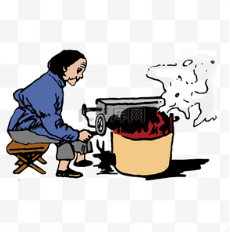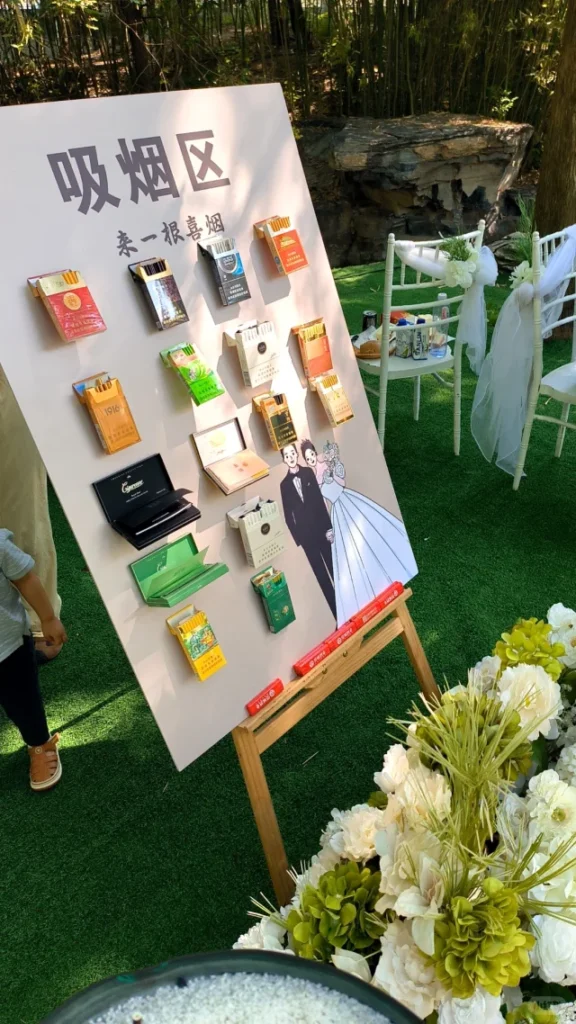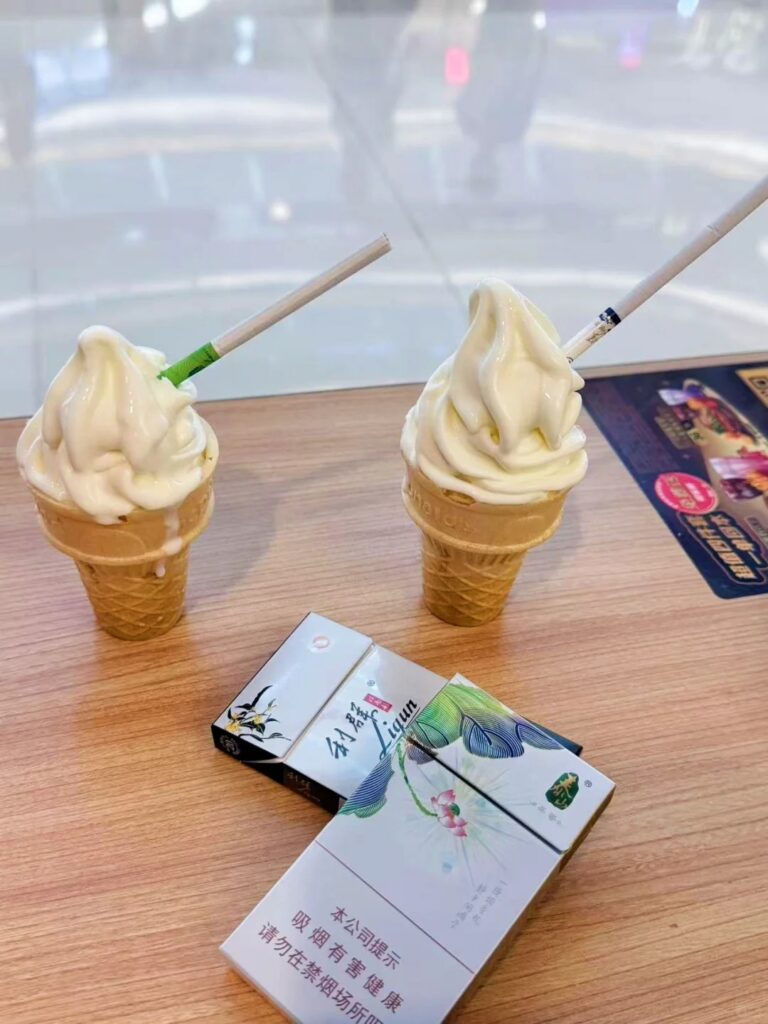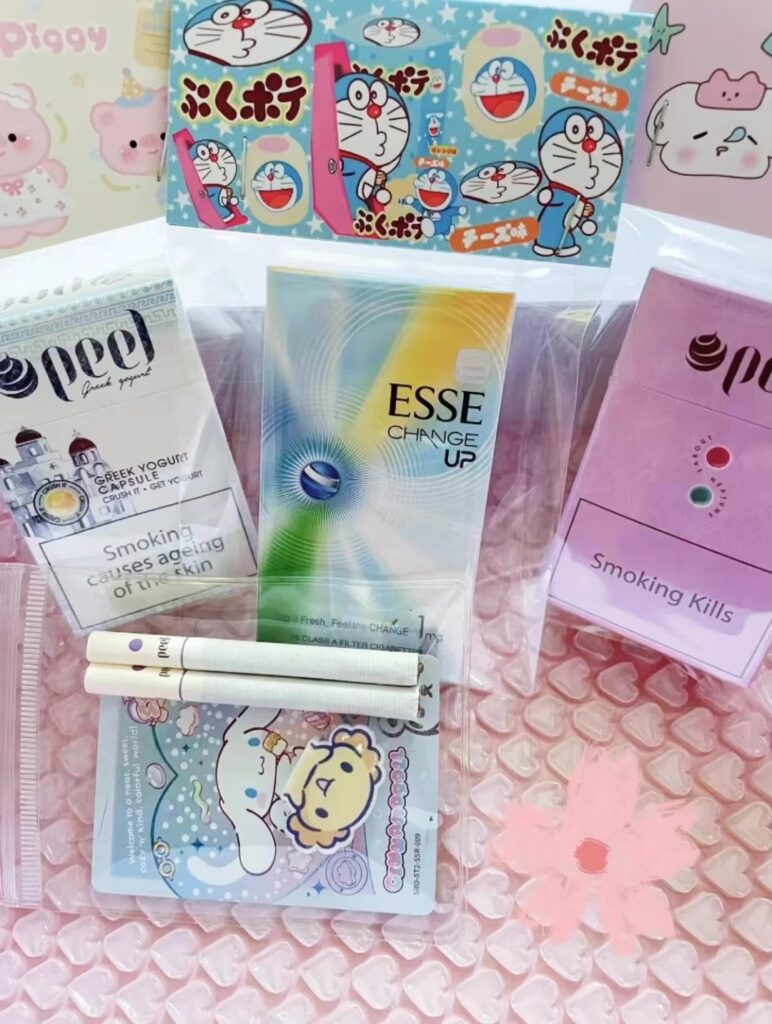Blog
It’s 2025—who still pays for snuff?

In the ancient streets of Lijiang, Yunnan, a silver-haired elder gently dabs brown powder onto his fingertip with an ivory-handled spoon. As he inhales deeply through his nostrils, his brows relax into a look of contentment. At a stall in Beijing’s Panjiayuan antique market, a young collector examines a Qianlong-era enamel snuff bottle, its glaze shimmering with three centuries of brilliance under the sunlight. These seemingly disconnected scenes capture the true essence of snuff culture in contemporary China. Snuff never truly vanished; it merely continued its legacy in more discreet ways, weaving its legend through the folds of time.
I. Snuff Through History: From Imperial Elixir to Folk Tradition
The origins of snuff trace back to 16th-century America, where the Maya ground sun-dried tobacco into powder, blending it with herbs and spices to create the earliest form of snuff. In 1581, Italian missionary Matteo Ricci presented snuff as a “revitalizing elixir” to the Forbidden City, marking the beginning of this ancient Eastern nation’s enduring connection with snuff. During the Kangxi reign, the Imperial Workshop established dedicated snuff production facilities. Using precious ingredients like musk, borneol, and agarwood, they crafted imperial brands such as “Yidecheng” and “Xianyuezhai.” According to Notes of the Incense Master, scholars in the capital “began each morning by inhaling snuff,” while a folk proverb—“Buying snuff without sniffing it—just for show”—revealed its role in social etiquette.
The invigorating elixir once found in the Forbidden City now fuels a collecting craze in Panjiayuan. Enameled and Hetian jade snuff bottles, once steeped in imperial breath, now continue to decipher civilization’s codes in a different form. Mongolian herders tie snuff bottles to their belts as a welcoming gesture; literati in the south blend jasmine and osmanthus into their snuff, pursuing an aesthetic experience of “olfactory synesthesia”; Lingnan merchants viewed snuff as a social lubricant, its networking value surpassing the product itself. This cultural resilience allowed snuff to retain its distinct vitality even amid the late Qing dynasty’s cigarette onslaught.
II. Contemporary Consumer Profile: Resonance Across Generations from Seniors to Gen Z
In the 2025 consumption landscape, snuff users exhibit pronounced demographic segmentation:
Silver-Haired Wellness Group: Data from Beijing’s top-tier hospital Traditional Chinese Medicine department reveals that 15% of patients over 60 regularly use snuff. They regard traditional formulas like “Fufangzhai Tongtianxiang” as complementary remedies for rhinitis and migraines, with annual spending concentrated between ¥800–1,500. At the century-old Fu Fang Zhai shop on Hangzhou’s Hefang Street, third-generation inheritor Wang Shouyi reveals: “Many longtime patrons request adding Wuyi rock tea to the formula to counteract the powder’s drying properties.”
Cultural Collectors: China Guardian auction data shows Qing Dynasty snuff bottles now fetch over ten million yuan, while contemporary masterpieces command hundreds of thousands. These collectors prioritize the rarity of materials (like Hetian jade and cloisonné) and craftsmanship (such as reverse painting and inlay techniques), forming a distinct collecting philosophy. On Bilibili, the video series “Guide to Appraising Qing Dynasty Snuff Bottles” by content creator “Old Li, the Antique Player” has garnered over 5 million views, with comments like “This bottle could buy me an apartment in a third-tier city” appearing in the comments.
Subculture Enthusiasts: On Xiaohongshu, under the “snuff appreciation” topic, young users regard imported brands like German Berner and Polish Puszta as identity badges for “tobacco culture geeks.” Bilibili creator “Tobacco Geek Lao Zhang’s” “German Snuff Blind Box Review” surpassed 2 million views, with his signature opening line—“Today, we’ll embark on a global journey through our nostrils”—becoming an in-group code phrase. These consumers seek not just olfactory stimulation but the deconstruction and reinvention of traditional craftsmanship.

Traditional Craftsmanship Heirs: Zheng Weiyi, sixth-generation heir of Tianjin’s Yidecheng, reveals that his apprentices include graduates from top-tier universities. They integrate modern microbiological testing into traditional processing techniques—for instance, stabilizing the aromatic molecules of agarwood and sandalwood by controlling fermentation temperatures. In 2024, Yidecheng’s ancient snuff preparation techniques received national intangible cultural heritage certification. Zheng Wei Yi reflected, “The formulas passed down by our ancestors hold the secrets of microbiology.”
III. Reconstructing Consumption Scenarios: From Functional Needs to Emotional Value
Contemporary snuff consumption has transcended its original usage context, evolving into a multi-dimensional value proposition:
Health Management Tool: Clinical trials at Shanghai Ruijin Hospital indicate that snuff formulas containing menthol and borneol reduce sneezing episodes by 40% and shorten nasal congestion relief time by 30% in chronic rhinitis patients. On Xiaohongshu, over 30,000 posts review nasal snuff powders, with top-rated content emphasizing keywords like “nicotine-free” and “herbal formulations.”
Cultural Social Currency: In high-end business settings, custom snuff bottles serve as status symbols. A luxury brand’s “Qianlong Imperial” snuff bottle series—combining antique motifs with titanium alloy—sold for €2,800, with its initial 200 pieces selling out within 48 hours. Within Hanfu circles, replicas of Qing Dynasty “Eighteen Beads” snuff bottle accessories serve as the finishing touch for traditional attire. The Taobao shop “Huashang Jiuzhou” sells over 5,000 pieces monthly.
Psychological Healing Medium: Psychological studies indicate that the “nasal impact sensation” of snuff activates the parasympathetic nervous system, functioning similarly to ASMR. A Shanghai meditation studio offers “snuff aroma inhalation + singing bowl therapy” sessions priced at 598 yuan per session, with appointments booked three months in advance. Participants report: “Compared to electronic white noise, this ancient method helps me ground myself more effectively.” .”
IV. Industry Undercurrents: Traditional Craftsmanship vs. Modern Market Dynamics
Despite snuff culture’s resurgence, its industrial ecosystem faces multiple challenges. Rising raw material costs are paramount. Premium Old Mountain Sandalwood—essential for top-tier snuff—now exceeds 10,000 yuan per kilogram. Following the total ban on wild musk, synthetic substitutes have inflated costs by 300%. Second is a cultural disconnect. Surveys indicate that awareness of snuff among post-90s youth is below 15%, with most confusing it with the narcotic “opium.” Additionally, regulatory frameworks remain ambiguous. Neither classified as food nor medicine, snuff operates in a regulatory gray area regarding advertising and quality standards. One brand faced hefty fines for claiming its product “prevents encephalitis.”
Today, facing competition from e-cigarettes and heat-not-burn tobacco products, the snuff industry is exploring differentiated paths.
First, cultural IP development. The Palace Museum’s cultural products division launched the “Qianlong Imperial” snuff bottle series, blending antique motifs with modern design, achieving monthly sales exceeding 8 million yuan.
Second, cross-industry collaborations. German snuff brand Berndges partnered with Porsche to release a limited-edition titanium snuff box priced at 2,800 euros.
Third, health-focused reformulation. Yunnan Baiyao’s “herbal snuff” employs a zero-nicotine formula, incorporating medicinal ingredients like American ginseng and dendrobium orchid to target the wellness market. Sales exceeded 100,000 cans within its first month of launch.
The persistence of snuff resembles new shoots on an ancient tree. Through the wisdom of “renewing oneself daily,” its roots—nourishing health, fostering social connections, and offering solace—have deeply embedded themselves into the fissures of contemporary life. When the dust settles on the clash between tradition and modernity, people will come to understand that this stubbornly resilient genetic code will ultimately reveal itself in the 2025 consumer landscape. All skeptics will see: true tradition is neither a specimen nor a replica, but rather that hidden, sharp gleam of the victor in the battle between civilization and the times.






